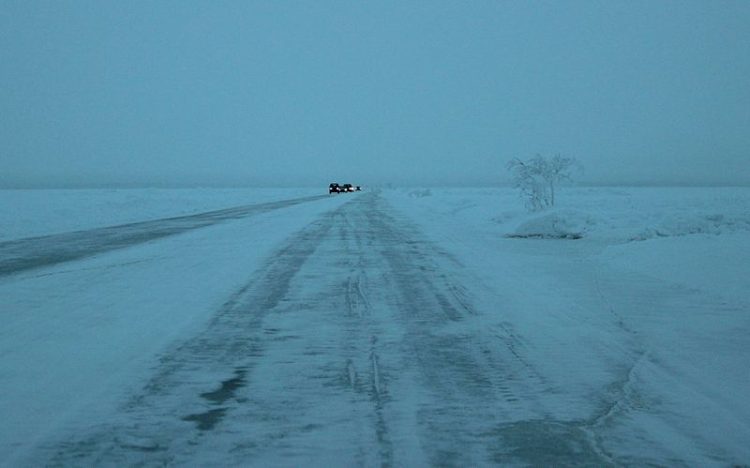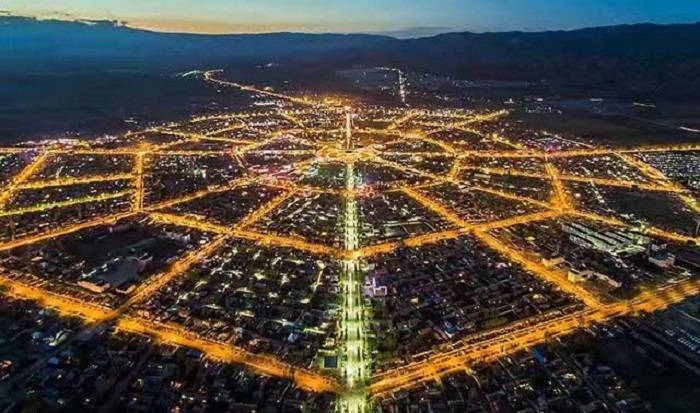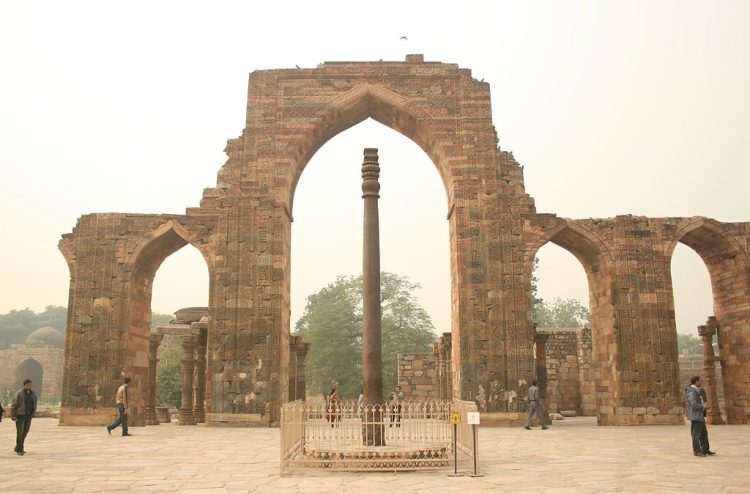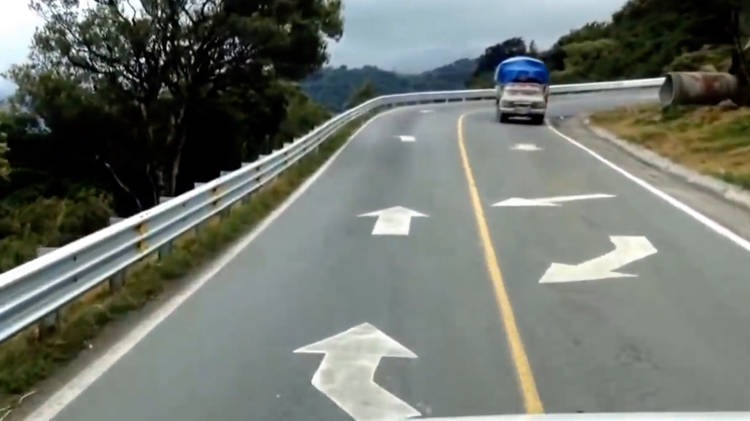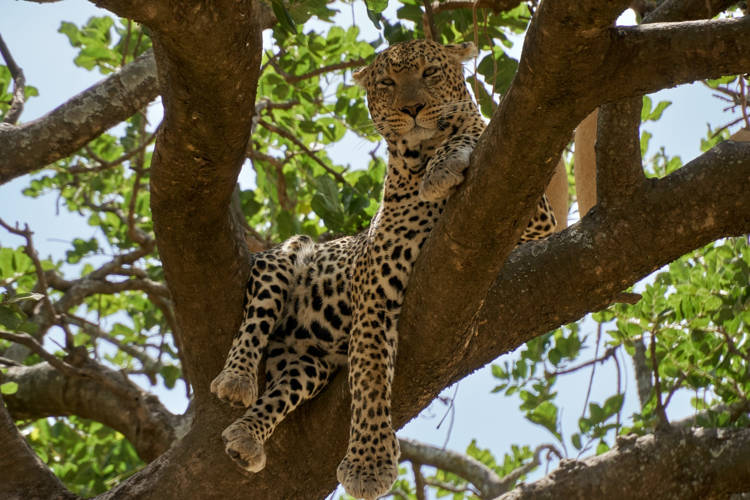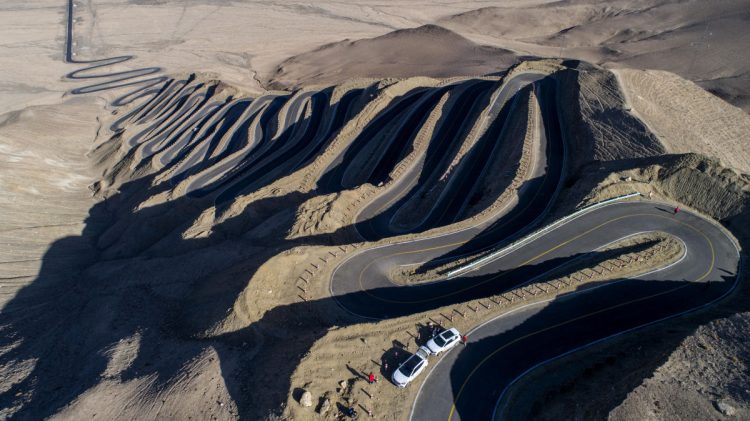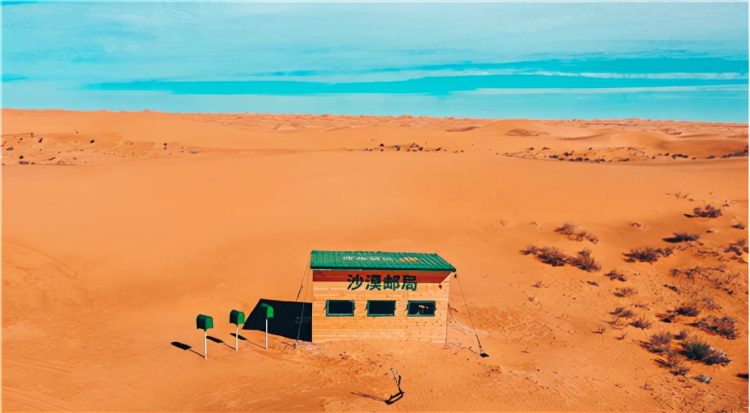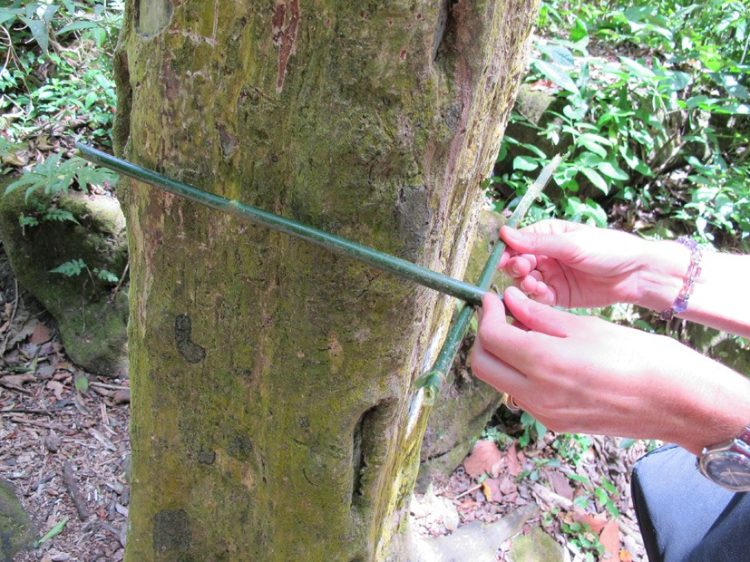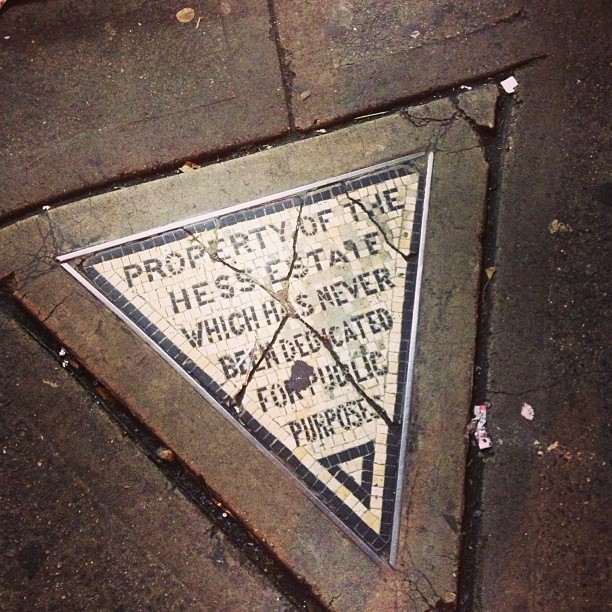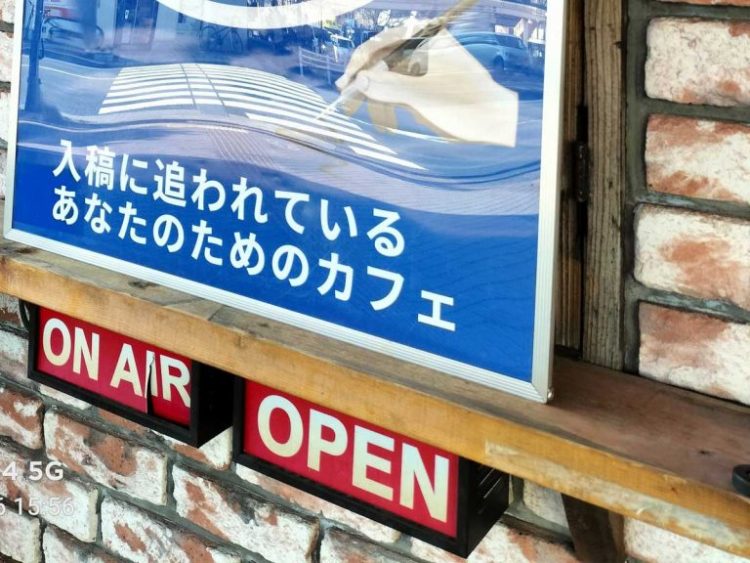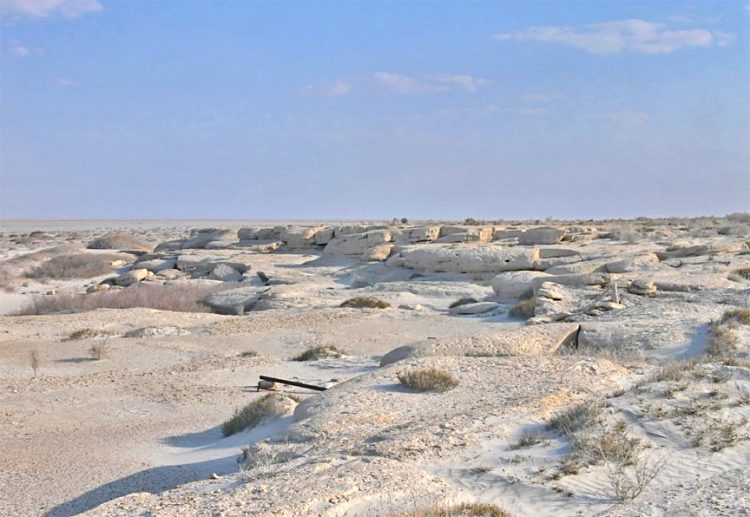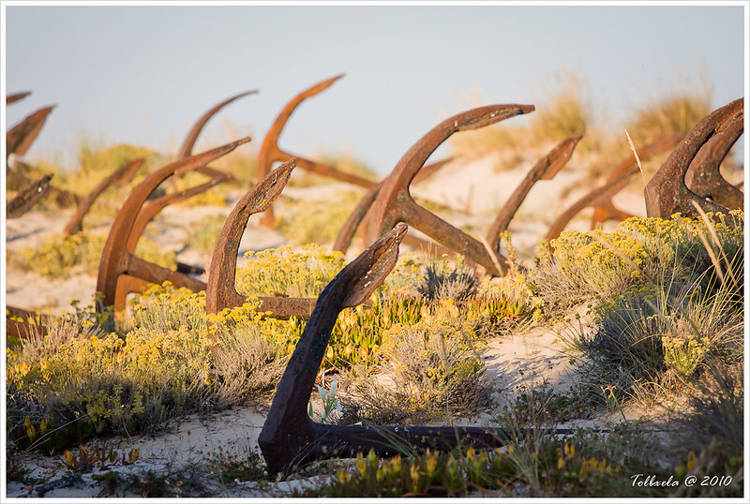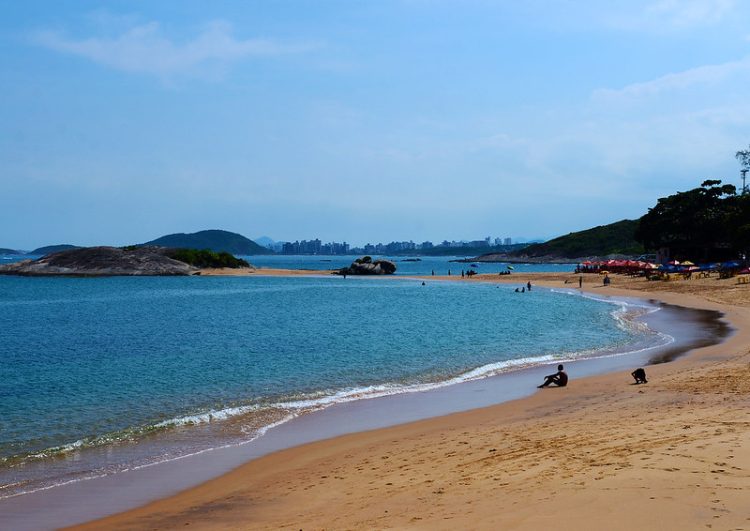Estonia is home to the longest official ice road in Europe, a 25-km-long stretch of frozen ice along the country’s coast, where it’s illegal to wear a seatbelt and drive at medium speed.
It might seem a bit bizarre to be covering a topic like ice roads in the middle of a particularly hot month of August, but it’s a slow day, so we write ’em as we find ’em. Today we’re talking about the longest ice road in Europe, a frozen stretch of the Baltic Sea connecting the Estonian coastline to the island of Hiiumaa. Driving on this particular ice road in winter is said to be an “unforgettable experience,” but if you plan on adding it to your bucket list, you should know it has some rather unconventional driving rules. You can’t drive here after sunset, and wearing a seatbelt is illegal, as is driving at speeds between 25 and 40km/h (16-25mph).

